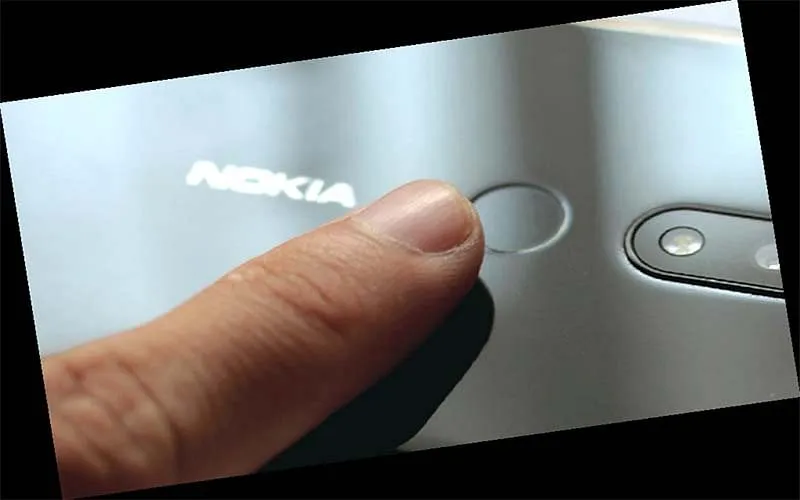After its bet on Symbian infrastructure instead of Android turned sour for Nokia’s handsets business, Nokia Network was born and it silently transformed from a frontend player to a backend one—today “every call made in India touches a Nokia element”
The meeting starts at 10.30. It’s a blustery Friday morning; the pre-monsoon showers have finally had their date with a sweltering Delhi-NCR region towards the fag end of June, and suddenly the murky view from the seventh floor of one of the towering buildings of Cyber City in Gurugram turns crystal clear. As the rain beats down heavily on suspended dust in the smoky air, a cluster of distant office buildings and telecom towers move away from the blind spot. Even a bold red Airtel billboard becomes clearly visible.
Inside the building, a visibly-excited Amit Marwah checks his Nokia smartphone, which has stayed muted for a while. A minute later, his iPhone buzzes. “Every call made in India touches a Nokia element somewhere in the call flow,” beams the chief marketing officer (CMO) of Nokia, who joined Nokia Siemens in 2005 and has had stints with Lucent, Motorola and Huawei before joining the Finnish telecom major in 2011. Consumers, explains Marwah, know their mobile service provider, whether it’s Airtel, Reliance or Vodafone Idea. What they don’t know, though, is the fact that Nokia is the invisible force behind all of them. The CMO shares another fact: The first call in India was made on a Nokia phone and Nokia network.
In India, there have been three Nokias: A visible, a fast-fading-yet-visible and an invisible. The visible Nokia was the Nokia in its original avatar, when the Finnish major used to lord over the Indian market with over 40 percent market share in 2008, the year Nokia opened its Chennai plant. The thumping domination ended with Nokia’s wild and fatal bet on the Symbian operating system at the cost of dumping Android, and in 2013, Microsoft ended up buying the mobile phone business of Nokia.
Globally, during the same time, Nokia Networks was born, following the buyout of joint-venture partner Siemens in 2013. Nokia decided to silently transform itself from a frontend to a backend player, which meant moving away from handsets into primarily a network hardware and software provider. A few years later, in 2016, came the second avatar of Nokia. It re-entered the mobile handset market through a licensing agreement with HMD Global, which got the rights to sell phones and tablets under the Nokia brand.
Back in India, five years into the second innings with HMD, Nokia has almost negligible market share in smartphones. It’s almost invisible. Another area of visibility—a licensing deal with Flipkart to roll out Nokia branded smart TVs and laptops from 2019 onwards—too doesn’t have any visible signs of success.
Marwah, though, is not bothered. Nokia, in its third invisible avatar of networks and infrastructure provider for telecom operators and enterprises, has taken a pole position in the country which happens to be the biggest in terms of headcount. The CMO shares his reasons for excitement. Around one-third of overall mobile subscribers in the country are served by Nokia networks; 95 percent of VoLTE (voice over LTE) calls happens on Nokia every day; 40 percent of the fixed line voice network of India happens on Nokia equipment, and 65 percent of fibre-to-home high bandwidth customers are being served by Nokia equipment.
The India report card has other glowing achievements. Nokia is the biggest carrier network vendor in the country. It’s also the largest core and radio access network (RAN) equipment maker, biggest in the optics market and a leading player in self-organising network (SON). “We are the backroom boys of the telecom revolution in India,” smiles Marwah. The overwhelming perception of the brand in India, he underlines, is still that of a handset maker. “Call it the magic of a powerful brand recall and equity,” he says. As CMO of Nokia, he lets on, people still reach out to him with handset-related queries. “Networks is the untold story of Nokia in India,” he adds.






